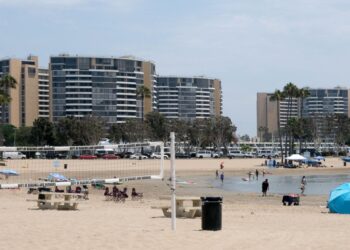By Bernard J. Wolfson, KFF Health News
Millions of Medi-Cal beneficiaries can now save for a rainy day, keep an inheritance or hold on to a modest nest egg, without losing coverage, thanks to an eligibility change phased in over the past year and a half. It also has opened the door for thousands who previously did not qualify for Medi-Cal, the health insurance program for low-income residents that covers more than one-third of California’s population.
Until Jan. 1, 3 million Medi-Cal beneficiaries, mainly those who are aged, blind, have disabilties, are in long-term care, or are in the federal Supplemental Security Income program, faced limits on the value of financial accounts and personal property they could hold to qualify for coverage. Now, nearly 2 million of them will no longer face these restrictions, putting them on par with the roughly 12 million other Medi-Cal beneficiaries who don’t have asset limits.
They still must be below Medi-Cal’s income threshold, which for most enrollees is currently $1,677 a month for a single adult and $3,450 for a family of four. But the change will eliminate a lot of paperwork for applicants and the county workers who verify their eligibility.
For a long time, this group of Medi-Cal beneficiaries could have no more than $2,000 in the bank — $3,000 for a married couple — though the home they lived in, as well as one car and certain types of other personal property, were exempt.
“If you had $5,000 in assets, you would have to spend $3,000 on something to prove that you were beneath the limit to qualify,” said Tiffany Huyenh-Cho, a senior attorney at the advocacy group Justice in Aging. “We had people who prepaid rent, spent money on car repairs, bought a new couch or appliances — things to reduce their assets in order to get to the $2,000 limit.”
Now, Huyenh-Cho added, “you don’t have to remain in deep poverty. You can save for an emergency; you can save for retirement or for a security deposit…
Read the full article here







